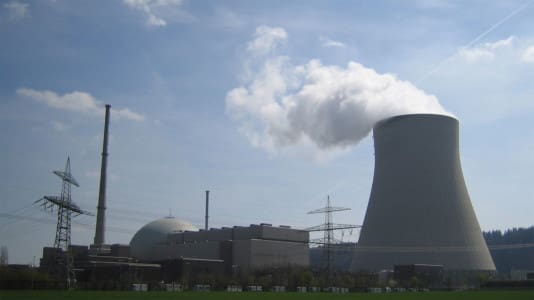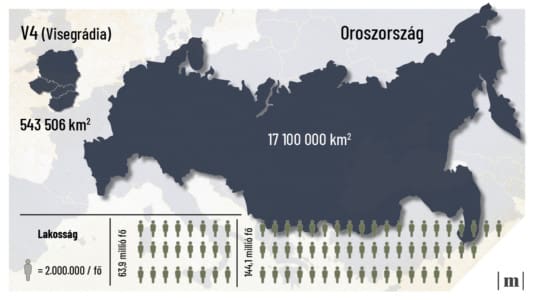The number of newborns recorded in Romania last year was the lowest in the country’s history, demography experts warned, pointing out that even before 1900 — when Romania’s territory was only two thirds of what it is now — more children were born.
In 2020, just over 200,000 children were born in the country — a record low until it was broken in 2021 when fewer than 180,000 babies were born, according to data from the National Institute of Statistics.
“The 1961 generation was the last to provide replacement level. All other generations have sunk below the replacement level,” said researcher Vasile Gheţău.
Even though the phenomenon of population aging is not only manifested in Romania — according to Eurostat, in the last 60 years all European countries have gone through dramatic demographic changes — the demographic decline in Romania is particularly steep. This is also because the West took measures to encourage women to become mothers.
The pandemic may have a role in this dramatic decrease in the birth rate in Romania, pointed out Vladimir Alexandrescu, the spokesperson of the National Institute of Statistics, but it is not only that:
“I would say even more. The value we recorded in 2021 is practically the lowest in the entire history of Romania. Even lower than the values recorded before 1900, when Romania was reduced to two provinces,” Alexandrescu said.
Demographic decline is a phenomenon that has manifested itself in Romania in various stages with a lower or higher intensity.
“After the Second World War, there was a demographic boom — there is always such an increase in the birth rate after wars. Then, in the 1960s, a very pronounced downward trend was observed, and those who ruled then made an administrative attempt to halt the decline,” Alexandrescu said.
“This is how, in 1967, the decree came out by which abortions were prohibited and which led to 556,000 births that year — an absolute record in the history of Romania. After a few years, the birthrate entered a downward trend and the decisive moment came in 1989.
“The respective decree (brought by the communist regime toppled in December 1989) no longer worked, and the birthrate was left to the free choice of the family,” Alexandrescu added.
According to sociologist Gelu Duminică, the decrease in the birth rate in Romania is primarily related to the after-effects of communism.
“Romania has the fastest downward population trend. Unfortunately, the number of newborns has been decreasing year by year in Romania in the last 30 years,” Duminică said.
“There were aberrant policies in the 1960s and 1970s — e.g., the famous decree — that put huge pressure on the family and on women. At the moment, when the world became free, the law no longer existed and freedom was also understood in this way,” he added.





